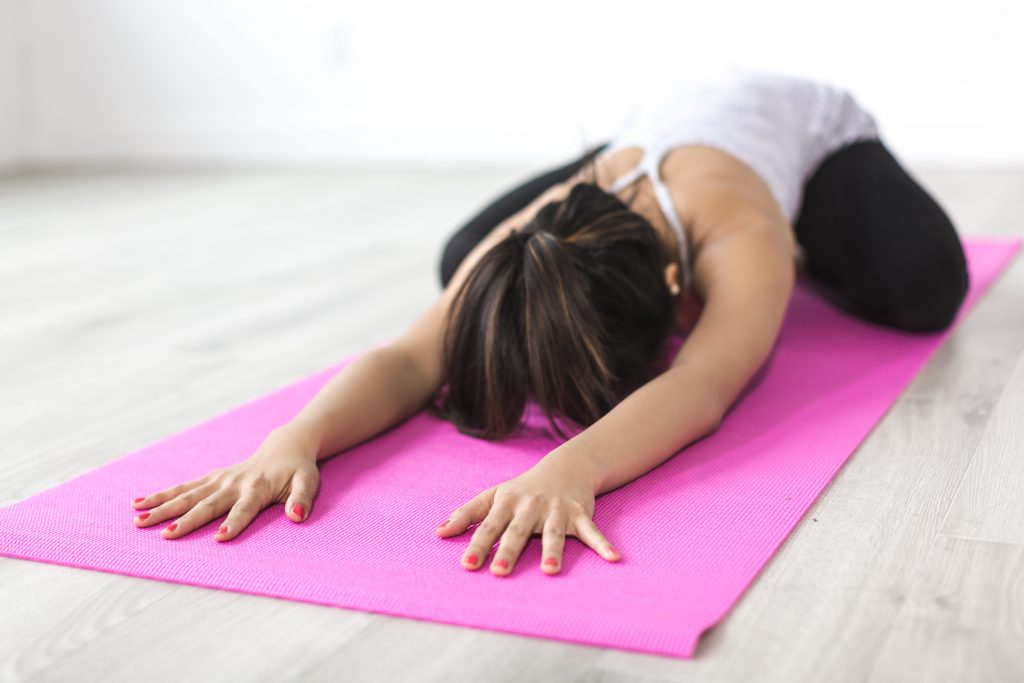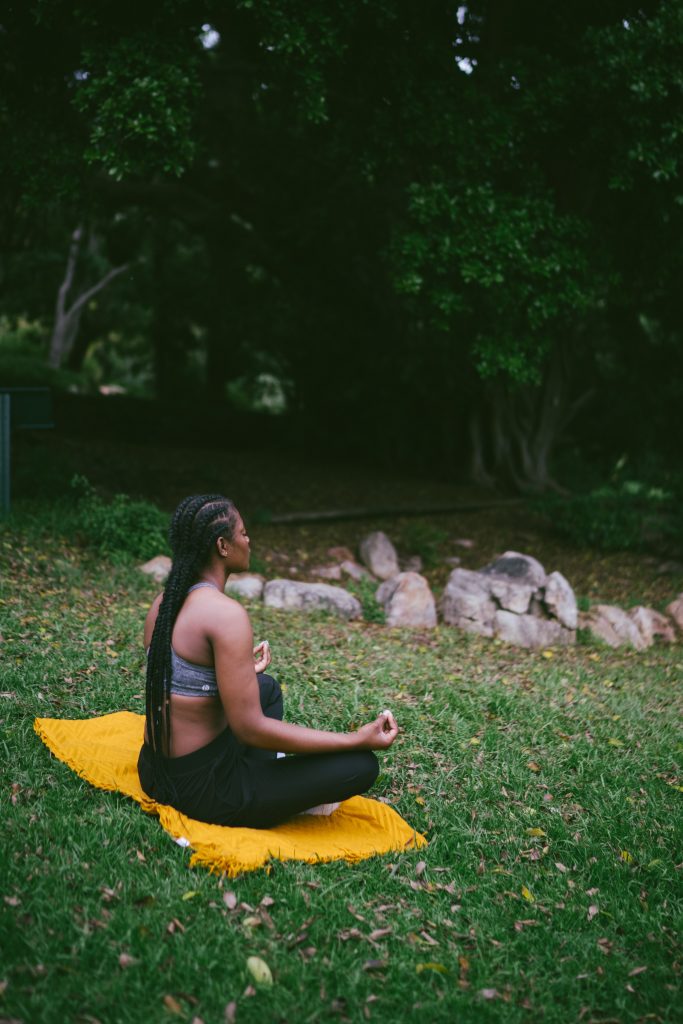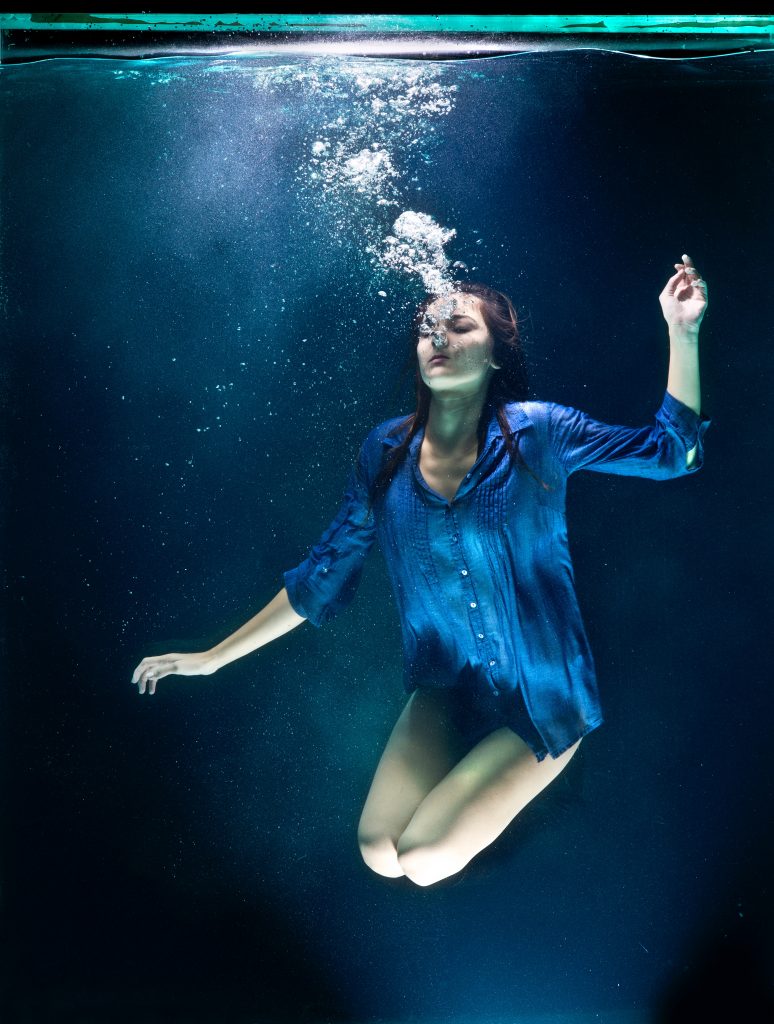By Caitlin Linscheid
Here at Prana Endura we are honoring the governor’s order to shelter in place. While we are not able to provide our usual services we would like to assure our clients that we will be here to empower your wellness in a digital fashion. The Harvard Medical School recently endorsed yoga, meditation, and breath work as an ideal way to deal with coronavirus stress.

Yoga
The Sanskrit word “yoga” translates to “to yoke” or “to join.” In this practice we are linking our breath and our movement. The combination of breath and movement aids in quieting the sympathetic nervous system (fight or flight) and engaging the parasympathetic nervous system (rest and digest). This leaves us with that overall sense of calm and contentment that we feel immediately after a good yoga session (also known as post-savasana bliss), but it also tones our nervous system. In a world with near constant stress is the norm our bodies get so used to being in a sympathetic state that it becomes the default. We lose the natural ability to turn off the “fight or flight” response and settle into “rest and digest.” Yoga helps us reconnect with that part of our nervous system.
In addition to calming the nervous system a typical yoga practice moves all of the major joints through their full range of motion, compresses and refills cartilaginous fluid, and strengthens the body in ways that typical day to day activity does not.
If you’re interested in developing a home practice I have been leading yoga sessions 10:30am Monday – Friday on the Prana Endura Facebook page and will continue to do so as long as the shelter in place order remains in effect.
Mon/Weds/Fri sessions are traditional yoga practiced with a mat on the floor.
Tues/Thurs sessions are adapted to a chair.

Meditation
There are so many different forms of meditation out there. Most forms and styles share the same goal: releasing the hold of the sympathetic nervous system on the body and allowing you to settle into a state of rest and contentment. Meditation is not as physically driven as yoga, but it can help develop new and divergent neural pathways. These new neural pathways are excellent tools to create new responses to repeated stimuli. Meditation creates a buffer between a stimuli and your reaction to it.
If you come down the hall to discover that your dog has gotten into the bathroom trash and spread it across two rooms. If you are driving down the road and a trailer detaches from an oncoming truck and heads straight towards you. If you are at the grocery store and a person ahead of you in the aisle grabs the last loaf of your favorite type of bread. How do you hope you’ll react? Meditation is the mental exercise of practicing your best reaction. The more you practice the easier it is to become the person that you want to be.
If you’re interested in trying meditation, but you’re not sure where to start I am using the Prana Endura Instagram account to film a series of guided meditations. Each video will utilize a different style or school of meditation making it an ideal jumping off point for you to explore what style suits you best.

Breathwork
Also known as pranayama
